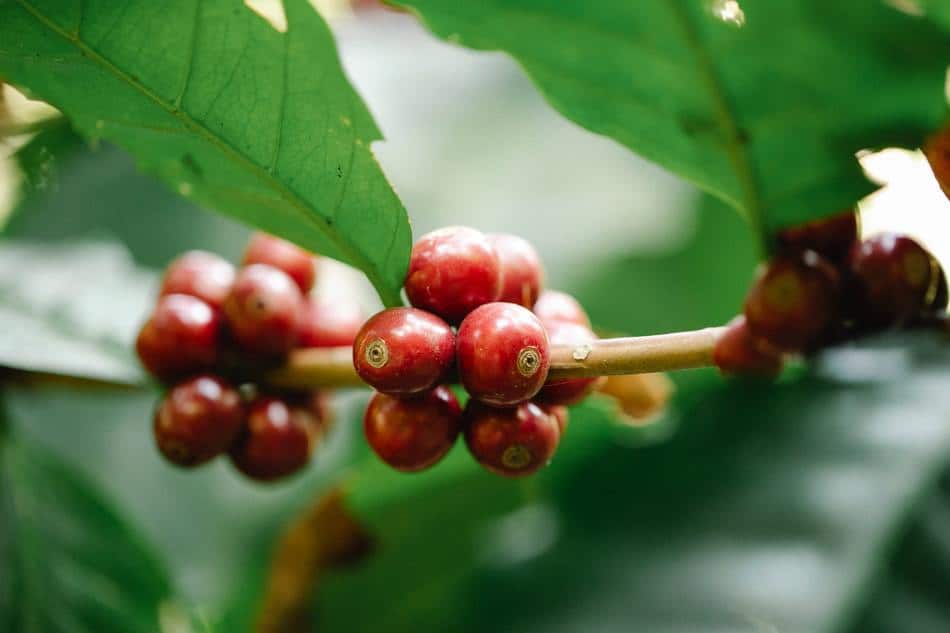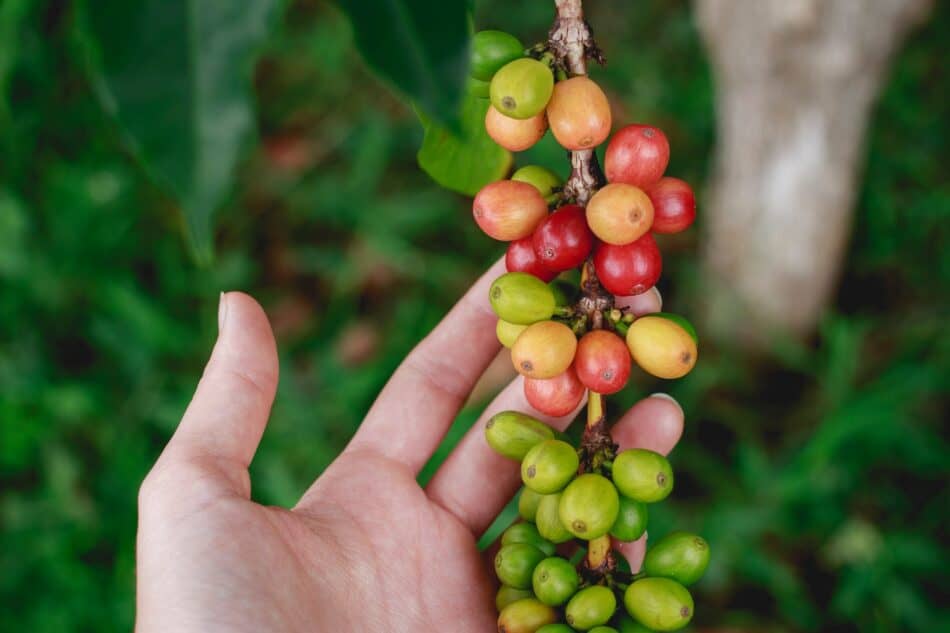Brewing the perfect cup of coffee is an art form. But what are the methods for processing coffee? Coffee beans don’t just appear in your local grocery store – they have to be processed first! In this article, I will discuss the different methods for processing coffee and what each one entails. By understanding the process that goes into making your favorite morning drink, you can appreciate it even more!
There are four main methods for processing coffee: wet process, dry process, semi-dry process, and natural process. The wet process is the most common method of processing coffee.
Let’s take a closer look at them
Dry Process- Natural Method
The dry process of coffee production is the oldest and most traditional method, dating back to the 15th century. It is also the simplest and most efficient method, requiring only a few basic steps:
Coffee cherries are hand-picked and sorted for ripeness before being placed in the sun to dry. Once dried, they are hulled to remove the outer fleshy layer, revealing the bean inside. The beans are then sorted by size and weight before being roasted.
The dry process results in a coffee with bolder flavors and higher acidity than coffees processed using the wet method. It is also more forgiving of changes in temperature and humidity, making it well suited for regions with hot, dry climates.
If you’re interested in trying a dry process coffee, look for one that is labeled “natural” or “unwashed.” These terms indicate that the coffee has been processed using the dry method. coffees from Ethiopia and Brazil are often processed using the natural method, so these are good places to start your search.

Washed- Wet Processed Coffee
The coffee cherries are first sorted by ripeness and color. The ripe, red cherries are then pulped using a machine that removes the fruit from the bean. The beans are then fermented in tanks for around 12-36 hours. Next, they are washed and scrubbed clean before they are soaked overnight. Finally, the coffee beans are dried in the sun or mechanical dryers.
Wet processed coffees typically have brighter acidity and cleaner flavors than their dry-processed counterparts. This is because all of the sugar is removed from the coffee during fermentation which allows for more of the coffee’s natural flavors to shine through. Wet processed coffees can also be lighter in the body since much of the fruitiness has been removed.
If you’re looking for a coffee with brighter flavors and acidity-processed used coffees are a great option. However, keep in mind that these coffees can also be lighter in body and less complex than other types of coffee. Wet processed coffees are typically grown in regions with lots of rainfall, like Central America or Ethiopia.
Honey- Pulped Natural Process
The coffee is then pulped using a honey process. This means that the coffee cherry is stripped of its fruit but the mucilage, or sticky pulp, is left on the bean. The coffee is then dried with this sticky layer still on the bean. Honey processed coffees often have a sweeter taste than other processed coffees because of the sugar in the mucilage.
Honey processing is a bit more labor-intensive than other methods because the coffee needs to be rinsed several times during drying to prevent mold growth. However, many people believe that honey processing results in a tastier cup of coffee. If you’re looking for a sweet and unique cup of coffee, give honey processed beans a try!
Other Coffee Roasting Methods
The two other methods are the drum roaster and the air roaster. The drum roaster is the most common type of roaster found in coffee shops. It consists of a rotating drum that sits over a heat source. The beans are roasted as they tumble around in the drum, and this method can produce a fairly even roast.
The air roaster is less common, but it uses hot air to roast the beans. This method can be faster than the drum method, but it can also be more difficult to control the roast.
What Happens After Coffee Has Been Processed?
The coffee beans are then roasted to bring out their flavor. Roasting also makes beans less acidic. The roasting process is what gives coffee its characteristic dark color. After roasting, the beans are ground and brewed with hot water to make coffee.

Coffee that has been processed but not yet roasted is called green coffee. Green coffee beans are simply unroasted coffee beans. They are usually soft and have a grassy smell. Once they are roasted, they will turn brown and release their signature aroma. Ground green coffee beans can be used to make tea-like beverages as well as regular coffees.
Roasting Time
The roasting time depends on what you’re looking for. If you want a light, delicate flavor profile, you’ll want to roast your beans for a shorter amount of time. For a more full-bodied, rich flavor profile, you’ll want to roast your beans for a long period. The type of bean also makes a difference – lighter roasts are better for Arabica beans, while darker roasts work well with Robusta beans.
There are four main stages of coffee roasting: light brown, cinnamon brown, first crack, and second crack. Light brown is the beginning stage of roasting, where the beans start to turn yellow. This is when the sugars in the beans begin to caramelize, and you’ll start to smell a light, toasty aroma. Cinnamon brown is the stage where the beans turn a reddish-brown color and start to emit a sweeter aroThe first crack is when the beans make a popping sound as they release water vapor and expand. At this point, the bean’s structure changes and it becomes more poroThe second crack is when the beans expand even further and start to emit a smoky aroma.
Brewing Coffee
Brewing is the process of making coffee by mixing ground coffee with hot water. There are many different ways to brew coffee, and the method you use will affect the final taste of your drink. For example, French press coffees are usually stronger and more full-bodied than drip coffees.
Coffee that has been brewed can be served black or with milk and sugar added. It can also be used as an ingredient in many different recipes, such as cakes, cookies, and ice creams.
So what happens after coffee has been processed? It is roasted, ground, and brewed to make delicious beverages! You can enjoy it black or with added flavors, and it can also be used in recipes for sweet treats or savory dishes.
Final Thoughts
The three main methods of processing coffee are the washed process, the natural process, and the honey process. So those are three different ways that your morning cup of joe could have been processed! The bottom line is many factors got go into the taste of your coffee. The type of bean, where it’s from, how it was roasted, and how it was processed all play a role.
So next time you take a sip of your coffee, think about all the steps that had to happen to get that cup to you.
Learn More About Coffee

